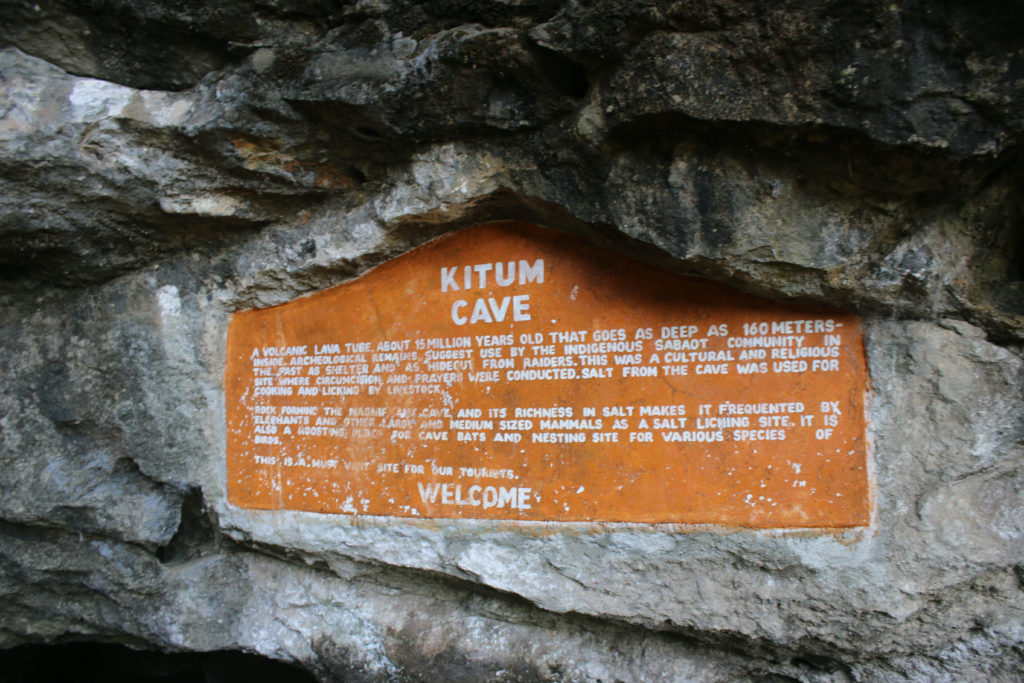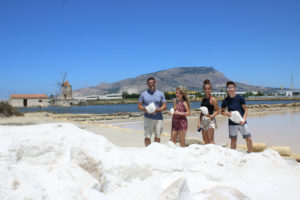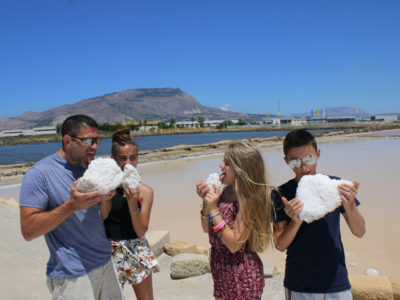It turns out I have been providing nutritional advice for at least 36 years!
When I graduated 8th grade the yearbook committee included the phrase “You’re putting too much salt on that food” under my picture in our 1987 Shrewsbury Grammar School Yearbook. Even then, I must have been a real pain in the ass, walking around the lunch room and repeating the same dietary dogma that was pervasive in the 80’s. And, unfortunately, I was very wrong about the advice I was giving about salt…

Along with the other horrendous nutritional mantra from the 70s and 80s, our understanding of salt and its importance for our bodies has evolved.
Bottom line: Salt is essential for health.
Amongst many other things, salt is crucial for nerve, muscle function, regulates fluid in the body, and controls blood pressure. It should be no surprise that something so important to our health tastes as good as it does. The truth is we have blamed salt for health issues caused by other dietary and environmental factors for way too long and it is time to remember how important salt is so that we can properly include it in our diets again.
Our family learned from elephants
Animals actually go to great lengths to access salt. When the family was in Kenya conducting Mursik and blood and milk research we actually explored an “elephant cave” (aka Kitum Cave) aptly named because elephants literally created in search of salt! Over hundreds of years, elephants excavated this 200 meter deep cave by mining the sodium-rich salt embedded within the walls with their tusks. If that’s not crazy enough, here is a not so fun fact..this cave became famous in the 1980’s when two European visitors contracted the Marburg virus from exploring the cave and died as a result.
But, don’t worry, the Schindler clan made it out unscathed!






This is a huge topic to tackle
Salt and its importance to our health and our cooking is such an important topic that it warrants much more than one single blog post. So, expect more information to follow in the future. But, for now I would like to simply introduce salt and provide some information to help navigate the confusing world of salt in the context of our modern food system.
The Mechanics
From a chemistry perspective, the term salt is “a chemical compound consisting of an ionic assembly of positively charged cations and negatively charged anions, which results in a compound with no net electric charge.” There are different types of salts such as alkali salts and acid salts. But, the primary takeaway for salt as it relates to food is that all the salt we eat is chemically the same exact thing: sodium chloride made up of positively charged sodium ions and negatively charged chloride ions.
And, guess what, all salt originally comes from the sea!
With that out of the way, let’s dive into the differences between the various types of salts available today in the market:
Sea Salt:
Sea salt contains all sorts of beneficial things including trace minerals such as potassium, iron and calcium, algae, and even marine bacteria that can tolerate high levels of salt. Sea salt can be extracted in one of two ways. The first way is to evaporate sea water in large shallow “ponds” known as salt pans.
Several years ago we visited one in Trapani, Sicily and now use salt from there for almost everything we make at the Modern Stone Age Kitchen!





The second way to procure sea salt is to mine salt from ancient sea deposits. A great example is Redmond’s Real Salt mines who mine their salt from an ancient sea bed located in Utah.
Table Salt
Table salt is also mined from ancient sea deposits but processed to create the final product you find on the grocery store shelves. Typically this includes dissolving the mined salt in water and then evaporating to create the desired size/crystalline structure. It is then typically stripped of everything but the actual salt itself – both good and bad – including trace minerals and contaminants. Then typically additives including anti-caking agents such sodium aluminosilicate, silicon dioxide, magnesium carbonate, and/or calcium silicate are added as well as iodine in the form of potassium iodide, sodium iodide, or sodium iodate. When iodine is added it is not uncommon to also include dextrose to stabilize the iodine.
Where does this leave us with the salt debate?
Well, as a reminder, all salt is basically sodium chloride. Depending on the type of salt, where it comes from and how it is processed it may or may not contain trace minerals, contaminants and additives. The next biggest distinguishing fact between different types of salt is their morphology (shape). And, its shape plays a huge role in how you experience the salt when you consume it – but that is a topic for another day…
Stay tuned for the next edition



 What can a box of dirty eggs teach us about a safe food system?
What can a box of dirty eggs teach us about a safe food system?
I could never buy into the “Salt is the enemy” concept but wasn’t sure what was what. Glad to see this topic covered (especially since I love salt 😉).
Do you have a good recipe for an electrolyte drink? How much salt would you add?
Hi Bill,
What is your perspective on Pink Himalayan Salt? There is hype about it being better than sea salt (and I use this product). What causes the pink color and why would it be better than sea salt?